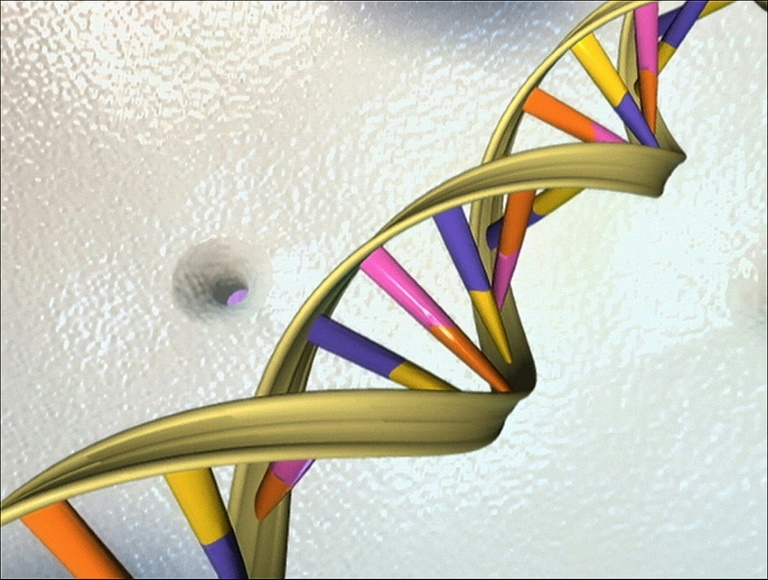Mapping 50,000 of DNA’s mysterious ‘knots’ in the human genome

Google’s new AI tool can read DNA like a language, and see immediately if a word substitution will change the meaning of that sentence, the company says. — © AFP HO
An innovative study of DNA’s hidden structures from Garvan Institute of Medical Research. This discovery may open up new approaches for treatment and diagnosis of diseases, including cancer.
DNA is well-known for its double helix shape. However, the human genome also contains more than 50,000 unusual ‘knot’-like DNA structures called i-motifs (short for intercalated-motif).
The research group has produced the first comprehensive map of these unique DNA structures. The structures form when stretches of cytosine letters on the same DNA strand pair with each other, creating a four-stranded, twisted structure protruding from the double helix.
i-motifs consists of antiparallel tracts of oligodeoxynucleotides strands that contain mostly cytosine residues.
Applications of i-motifs are centred around biomedical topics, including bio-sensing, drug delivery systems, and molecular switches. i-motifs were first visualised inside living human cells using a new antibody tool that can recognise and attach to i-motifs.
In addition, the study sheds some light on their potential roles in gene regulation involved in disease.
According to lead researcher Professor Daniel Christ: “In this study, we mapped more than 50,000 i-motif sites in the human genome that occur in all three of the cell types we examined.”
He adds: “That’s a remarkably high number for a DNA structure whose existence in cells was once considered controversial. Our findings confirm that i-motifs are not just laboratory curiosities but widespread — and likely to play key roles in genomic function.”
The research reveals that i-motifs are not randomly scattered but concentrated in key functional areas of the genome, including regions that control gene activity. In particular, these are genes that are highly active during specific times in the cell cycle.
It was also found that i-motifs form in the promoter region of oncogenes, for instance, the MYC oncogene, which encodes one of cancer’s most ‘undruggable’ targets. This presents a future opportunity to target disease-linked genes through the i-motif structure.
Hence, it might be possible to design drugs that target i-motifs to influence gene expression, which could expand current treatment options. The findings appear in The EMBO Journal, with the study titled “Human genomic DNA is widely interspersed with i-motif structures.”
Mapping 50,000 of DNA’s mysterious ‘knots’ in the human genome
#Mapping #DNAs #mysterious #knots #human #genome





